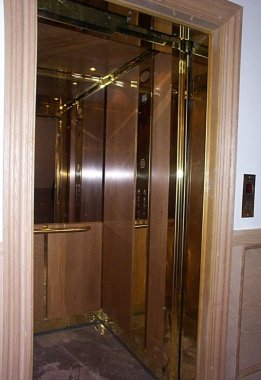I went to California earlier this week for business. I rode in an elevator and that experience reminded me of a simple, yet effective way to aleviate the negative feelings that accompany waiting, or the Psychology of Queueing — mirrors in an elevator. You can also view all 40+ articles on Queueing Theory.
There are a few key behavioral responses or reactions to queues, or waiting. Below are the propositions for the Psychology of Queueing:
- Unoccupied time feels longer than occupied time.
- Process-waits feel longer than in-process waits.
- Anxiety makes waits seem longer.
- Uncertain waits seem longer than known, finite waits.
- Unfair waits are longer than equitable waits.
- The more valuable the service, the longer the customer is willing to wait.
- Solo waits feel longer than group waits.

Elevator mirrors, indeed, help to alleviate the negative feelings that often accompany waiting. Mirrors in an elevator can even be turned into something fun, as these show.
There are many, many easy, non-technology, tools to help reduce the negative feelings that come with waiting. Once the basic principles are understood in regards to the Psychology of Queueing, then it takes just some creativity to implement tools that satisfy the criteria above.









The psychology of waiting sometimes overrides queuing efficiency. Supermarket checkout lines are a great example. Individual queues for each checker is the inefficient approach but it is almost universally used. The abundance of impulse purchase goods, trashy magazines and now flat panel looping ads shows that grocery stores prefer this inefficient model.
There is a Whole Paycheck err… Whole Foods near where I live that during peak periods will actually rope off the individual queues and line everyone up into a single queue (they do this because the individual queue start stretching down the aisles and cause grid lock). This invariably makes the shopper grumpy but is significantly faster.
Who knew there was a whole genre of elevator mirror pictures… good stuff.